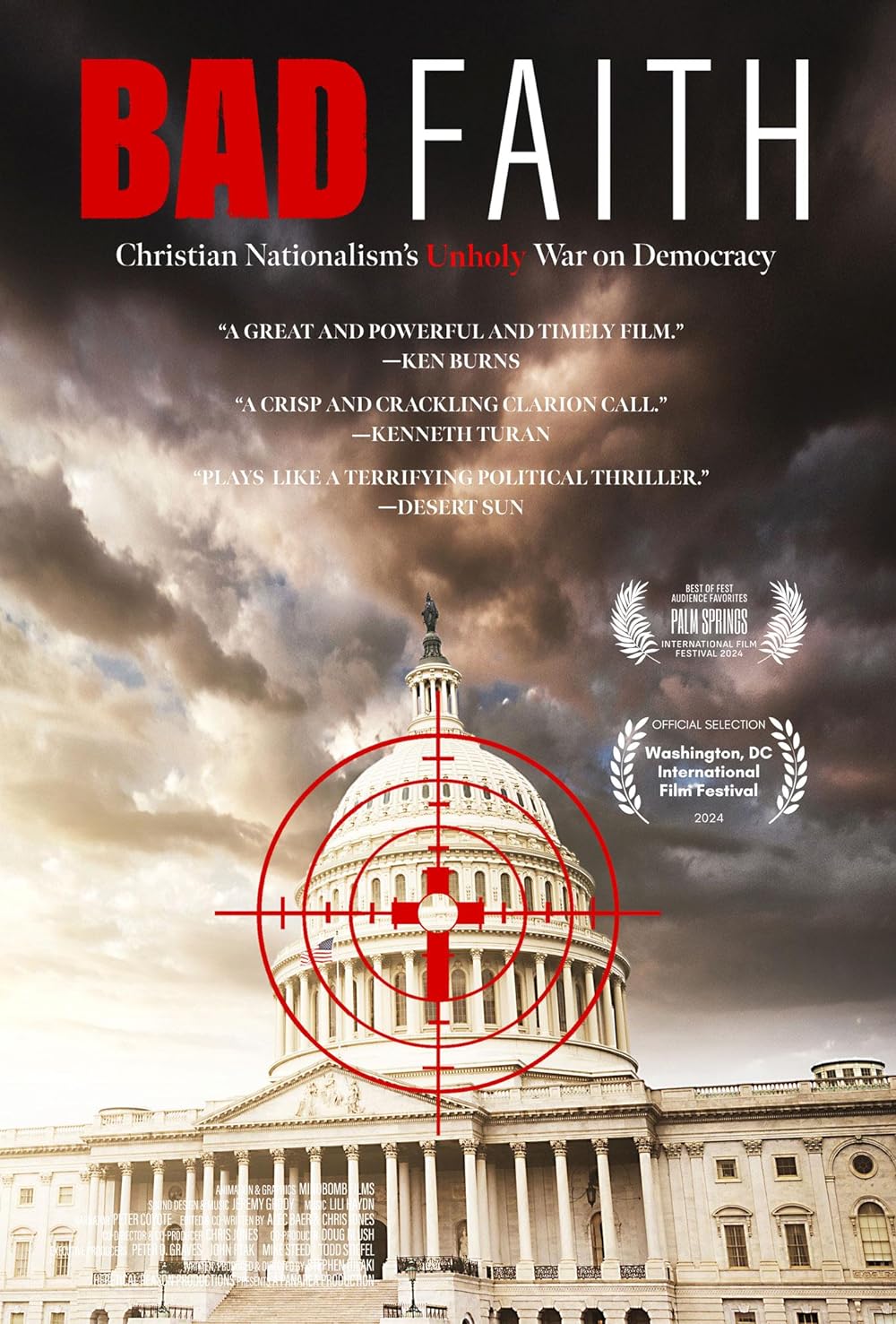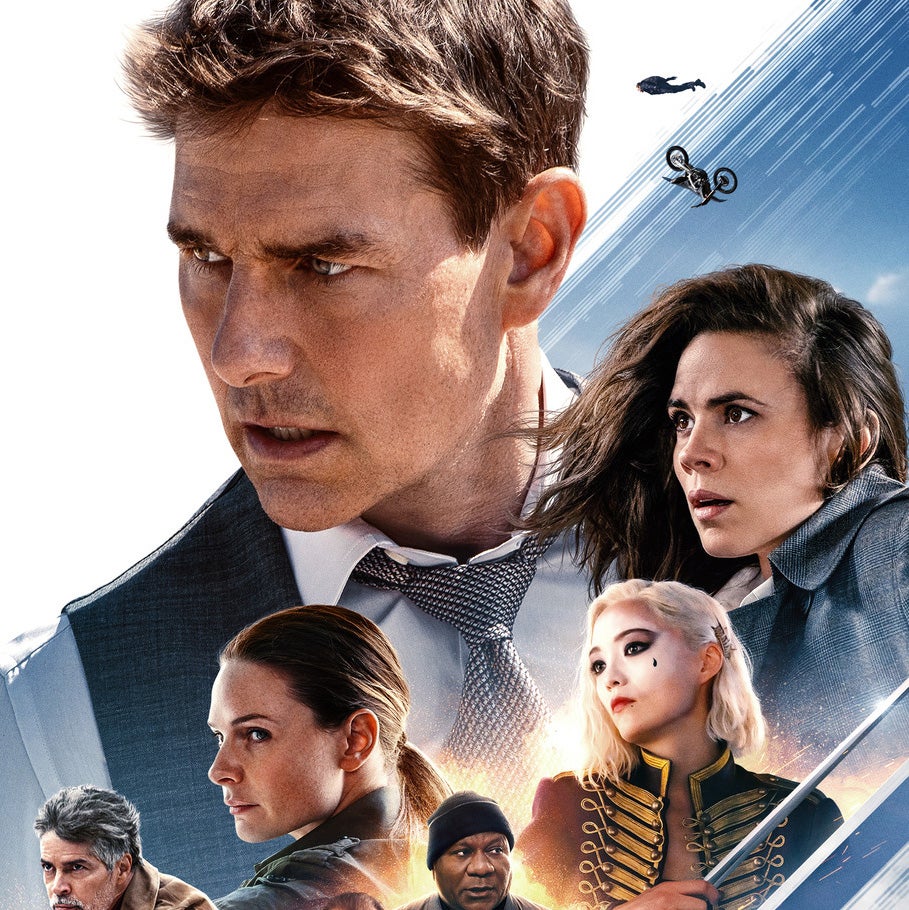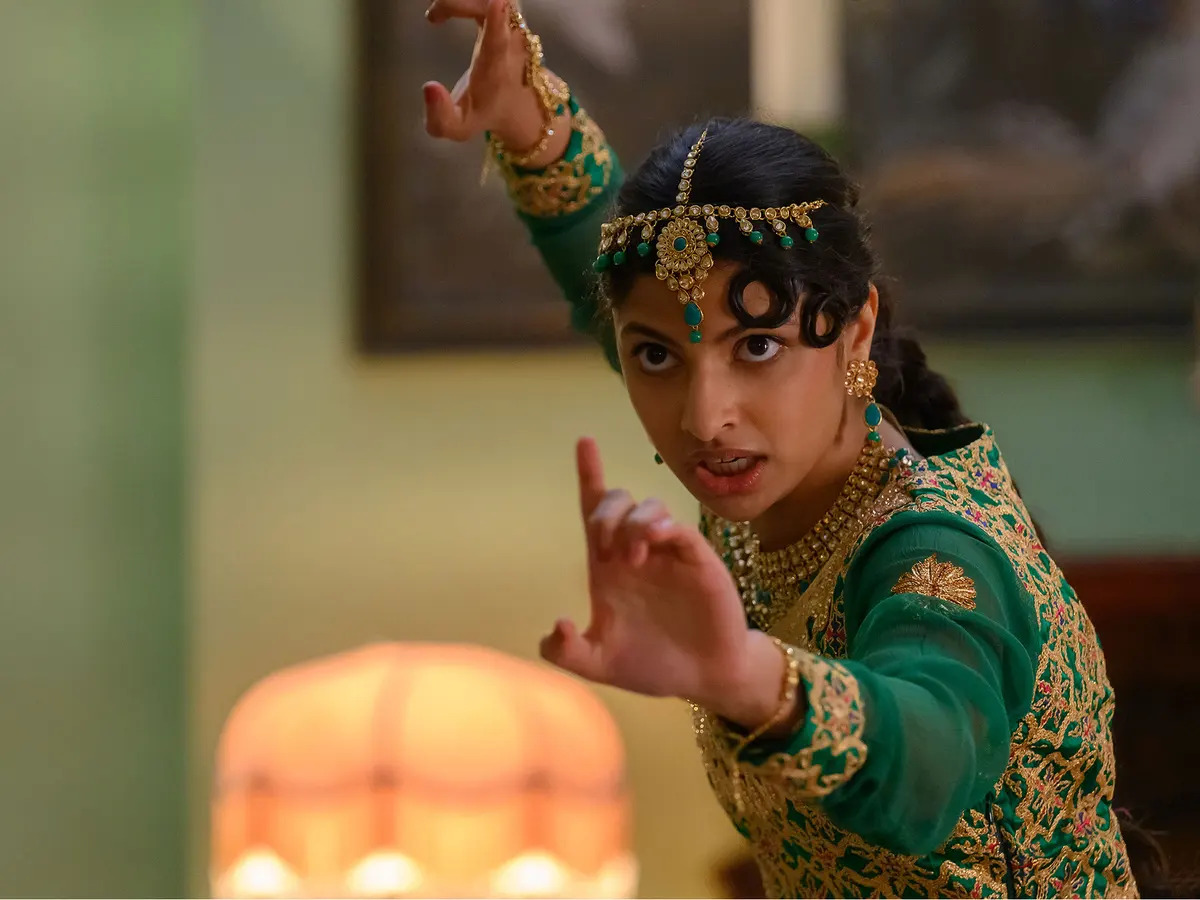Man of the House
Posted on February 25, 2005 at 6:22 pm
B-| Lowest Recommended Age: | Middle School |
| Profanity: | Brief strong language |
| Nudity/ Sex: | Sexual references, skimpy clothes |
| Alcohol/ Drugs: | Scenes in bar, social drinking |
| Violence/ Scariness: | A lot of action violence including gunfire, characters wounded and killed, brief graphic images |
| Diversity Issues: | A strength of the movie is its diverse characters |
| Date Released to Theaters: | 2005 |
“One riot, one Ranger.” That’s the Texas Rangers pledge. But apparently, it now needs to be revised: “Five cheerleaders, three Rangers.”
Tommy Lee Jones, in gloriously full crag mode, plays a Texas Ranger named Sharp assigned to protect cheerleaders who witnessed a murder. This provides opportunities for many culture clashes and learning experiences.
Unfortunately, most of those opportunities are neglected in favor of cheap humor and cheesy formula. We don’t even get to see much cheering. The girls are cute. And Tommy Lee Jones is cuter. There is some mild humor and some mildly involving action.
But the movie tries too hard to be a little of everything. There are “cheerleaders are dumb party bunny” jokes. One of them, told Sharp is a Ranger, asks, “Do you know Derek Jeter?” One of them plagiarizes a school paper and two others sneak out to play pool in a bar. But later we are expected to see them as hard-working, clever, and devoted, sort of fairy godmothers with pierced navels who advise Sharp on getting close to a pretty literature professor (the always-welcome Anne Archer) and communicating better with his high school senior daughter.
There are the obvious middle-aged male vs. young female jokes as Sharp winces over the skimpy clothes and installs a air conditioner the size of a condo to chill the girls into covering up. Sharp has to run to the store for feminine products, and gets a makeover complete with nose-hair trim and cucumber face mask. And then there is a “this has nothing do to with anything else in the movie but Cedric the Entertainer is funny” scene, with Cedric as a former con turned preacher who shows off some of his best cheerleading moves.
Cedric and Jones are pros who perk up a lackluster script. The girls are not quite interchangeable, with pop star Christina Milian a standout as the captain. Paula Garces (Clockstoppers), relegated to a stereotyped spitfire role, still shows some genuine spirit. It’s frequently almost cute, almost funny, almost touching. Give it one cheer.
Parents should know that the movie includes some violence, including gunfire. Characters are injured and killed and there are some brief graphic images. There are sexual references and the cheerleaders wear skimpy clothes. The movie includes social drinking and a scene in a bar, with a reference to a character’s having given up drinking.
Families who see this movie should talk about why it was hard for Sharp to talk to his daughter. What were the most important things that he and the cheerleaders learned from each other?
Families who enjoy this movie will also enjoy Miss Congeniality.






